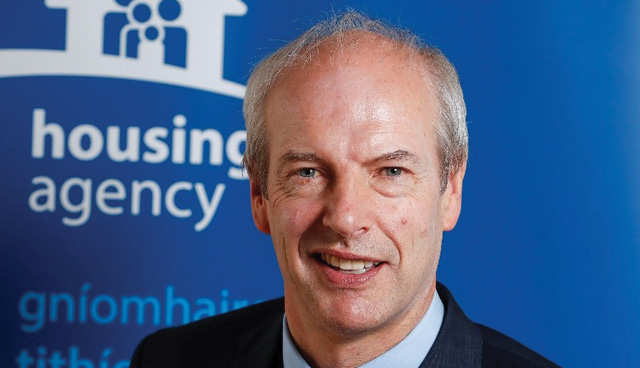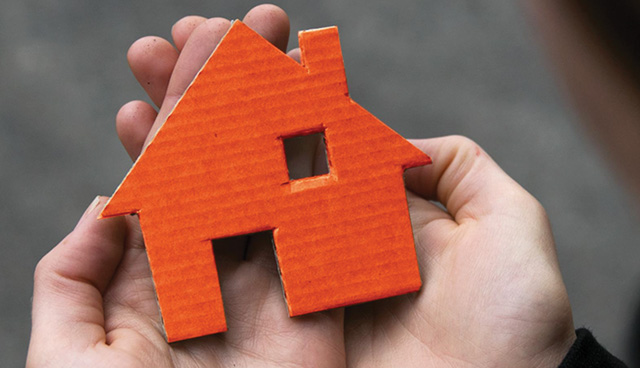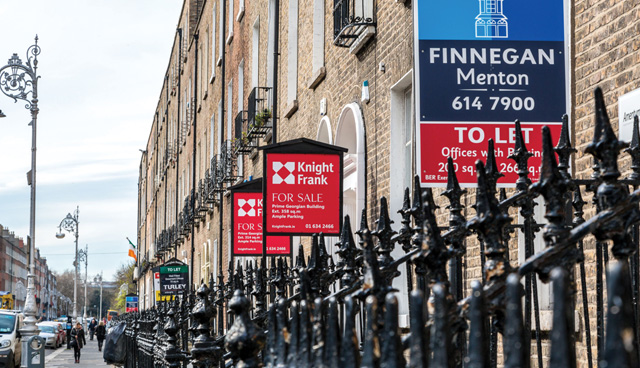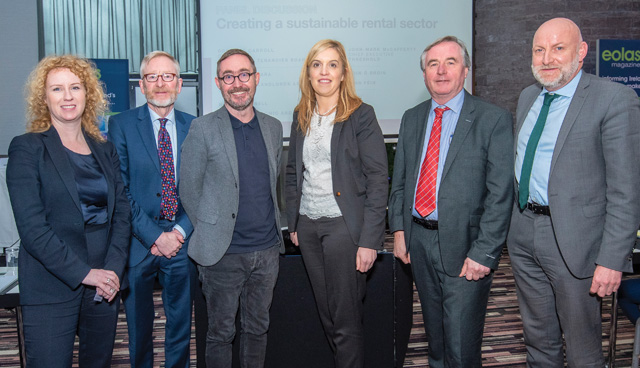
Creating a sustainable rental sector
17th May 2019
Cover story: A new model for social housing
17th May 2019District heating: The future for decarbonising Irish housing stock
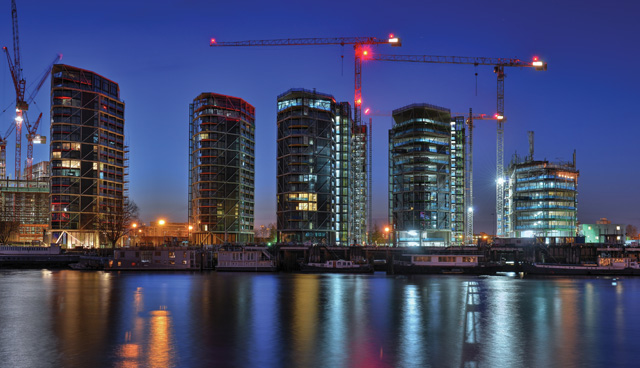
SSE use waste heat from the Thames to provide heat to the residents living at the Riverlight development in central London.

SSE use waste heat from the Thames to provide heat to the residents living at the Riverlight development in central London.
The way in which we heat our homes will see the most radical change as Ireland strives to improve its climate performance, writes SSE’s Giles Newton.
Climate change is having a profound effect on the world we live in, but how this impacts our day to day lives and how we operate our businesses can often seem more distant. This is likely to change in the immediate future. Earlier this year news turned away from Brexit to cover a series of climate protests by the ‘extinction rebellion movement’, the resulting rhetoric leading the UK to become the first parliament to declare an “environmental and climate emergency”. The UK parliament’s influential Committee on Climate Change (CCC) released a report encouraging stricter emissions targets and a recommendation to achieve ‘net-zero’ by 2050, which the UK is likely to commit to achieving.
Ireland quickly followed, becoming the second country in the world, after the UK, to declare a climate emergency. The Chair of the all-party Oireachtas Committee on Climate Action said the move was “an important statement” ahead of action to come in the form of the All-of-Government Climate Action Plan and the submission by year’s end to the European Commission of the Irish Government’s National Energy and Climate Plan 2021-2030.
Change is happening now, with updates in policy and funds for strategic infrastructure projects allocated through the Climate Action Fund (CAF). We are going to see fundamental alterations in our operational models through the advent of climate focussed regulation and policy.
New homes, new heating
Notable differences will start to be seen in the new-build housing market. Energy strategies and stricter carbon targets will become a planning necessity. Building standards will be upgraded and home buyers will look more closely at the carbon credentials of a new build property, expecting that it should not only reduce reliance on gas and oil but also prove to be cost effective to heat.
Nowhere will the changes be seen more radically than in the way we heat our homes. Heat is the largest producer of greenhouse gases in Ireland and is often considered the greatest challenge faced in the attempt to achieve net zero economy-wide emissions by 2050, and a provision for a 2030 emissions target, consistent with the emissions reduction pathway to the 2050 target. While the UK intends to ban gas fired heating in new homes from 2025, Ireland’s reliance on oil and gas, as well as solid fuel, has long hamstrung its energy policy. What technology will Ireland’s new housing stock rely on to heat its homes and businesses?
The answer will almost certainly involve the implementation of district heating across the majority of towns and cities. New build developments will be required to replace gas and electric heating with heat networks as an essential requirement to meet development carbon targets under planning. Ireland is already seeing planning requirements for new housing developments state ‘must connect to district heat network’ or ‘must be district heat ready’.
So, what is district heating?
District heating is the installation of a pre-insulated network of pipes that deliver hot water for space heating and hot water requirements (generated from a central energy centre) to homes and businesses connected to the network. The key advantage to district heating is what makes that water hot. A recent study into the Irish market by the Irish District Energy Association, ‘Heat Atlas for Ireland’, stated that 57 per cent of Ireland’s properties can be heated using waste heat sources. Waste heat sources are widespread and vary hugely but some examples are: heat usually lost through cooling towers from power stations; heat from sewage and water treatment plant; waste heat extracted from data centre servers; and industrial process heat.
For new homes and developments district heating is likely to be developed in two forms: either as a standalone network built by the developer; or through connection to a wider network already serving the local area (often developed by the local authority).
If this is the future, how do we get it right now?
In the past the story of district heating has not been an easy read in the UK. The industry earned a bad reputation for poor quality installation and
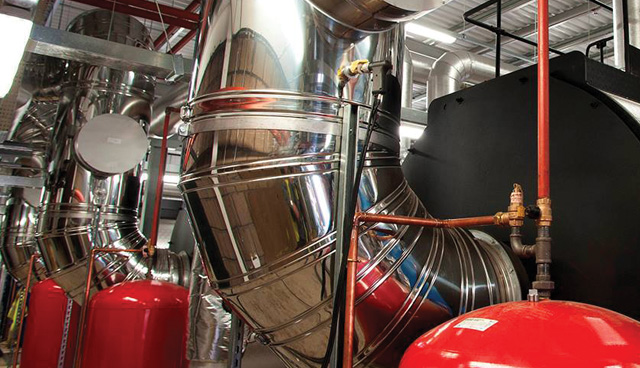
The Wyndford Energy Centre in Glasgow (above and below). SSE developed the scheme for a social housing company, retrofitting the district heat network to replace electric space heating in each property. The scheme won an Association for Decentralised Energy award for Project of the Year.
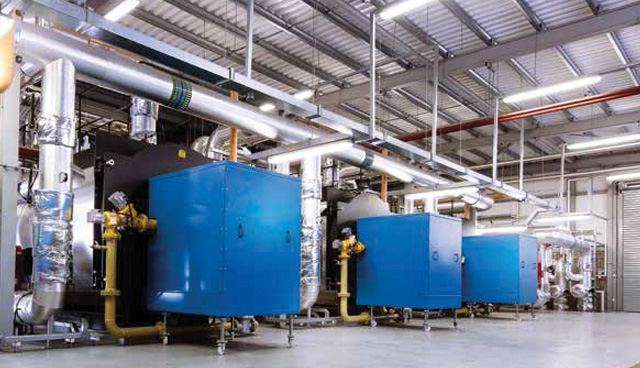
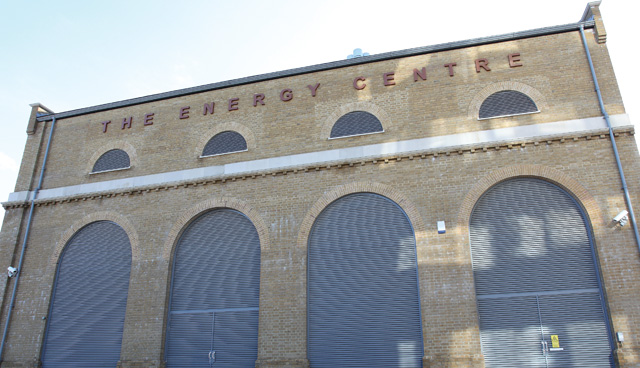
Royal Arsenal, Woolwich. SSE built a multi-utility network and have been supplying heat and electricity to the residents on this development for the last 10 years.
a lack of understanding of effective system design. Both lead to chronic in-efficiency and a high price of heat for consumers. Often the primary cause of both these issues is down to procurement, with those building the networks not at risk for the long-term operation.
However, recently the news around district heating has been more positive. The market is now mature in the UK; 4th and 5th Generation networks are being installed which combine heat networks with flexible decentralised power generation, and which can modulate output and reduce peak heat demand through clever control. Big data and algorithms are used to optimise network performance, a customer protection scheme (The Heat Trust) is in place, and industry standards (CP1, soon to be updated) are used to ensure quality of installation.
There is positive news in Ireland too, where work by Codema and the newly founded Irish District Energy Association have been promoting use of district heating and advising organisations on how to develop networks. The SEAI’s Climate Action Fund is already supporting two seminal heat network projects in Dublin.
SSE has been developing and operating heat networks in the UK for over 10 years, helping housing developers meet their planning requirements, decarbonising new and existing housing stock and providing funding to support projects. SSE Airtricity is already set-up to support housing developers in Ireland using experience gained in the UK market. SSE is here to help businesses in Ireland transition to a new low carbon economy and manage the changing operational models required.
Plan now, save later
District heating represents the future in decarbonising Ireland’s housing stock, but we know these projects can be complex and represent additional capital expenditure, when planned poorly. But when planned well, built to the required standard, and operated efficiently; they represent an additional revenue stream and investment opportunity, but most importantly a solution to meet Ireland’s commitments under the Paris Climate Agreement.
Over the next 30 years the pace of change will accelerate, and the way we heat and power our homes will be fundamentally altered. In these exciting but turbulent times, district energy systems will securitise consumers from technology and energy price fluctuation; the value is firmly in the infrastructure.
Giles Newton
Business Development Manager UK & Ireland | SSE Distributed Energy
E: giles.newton@sse.com


